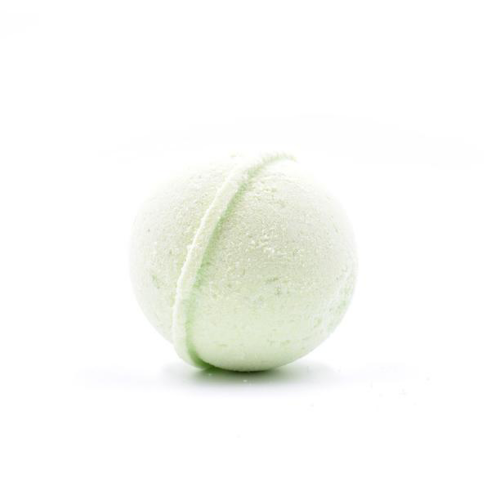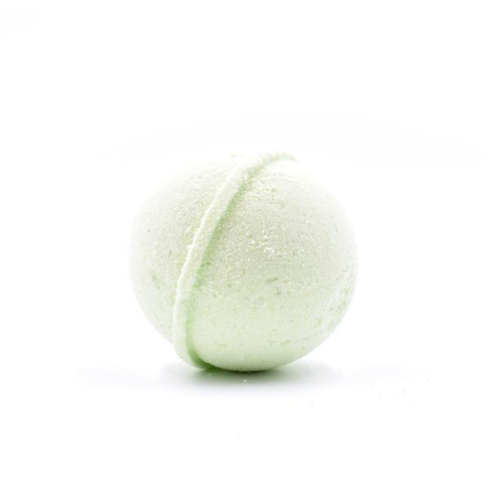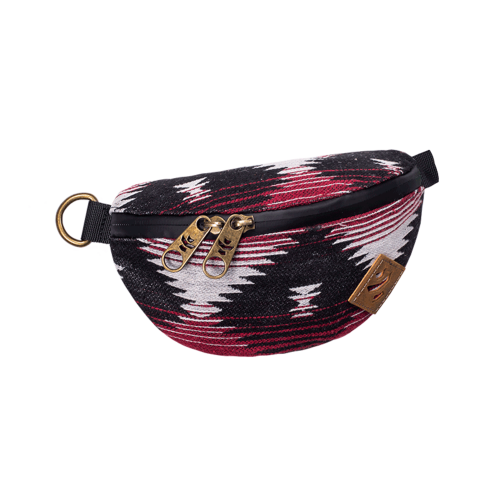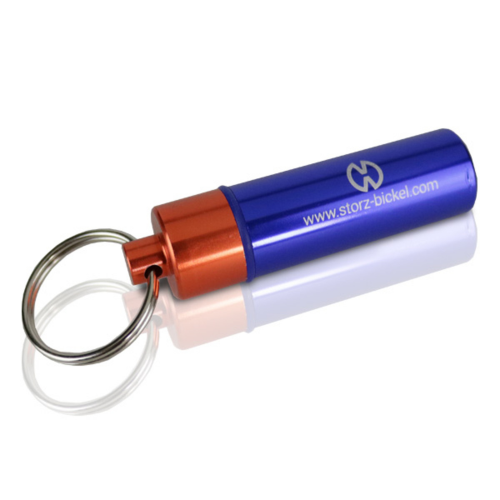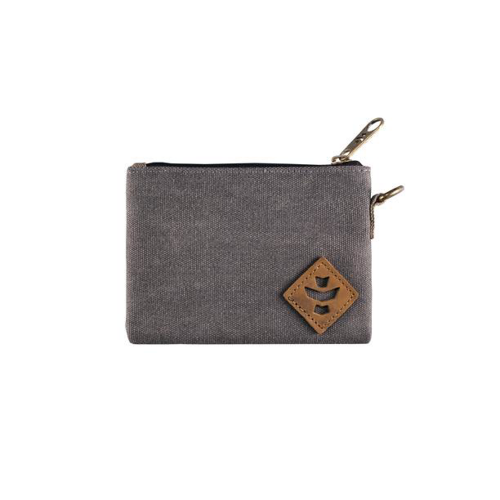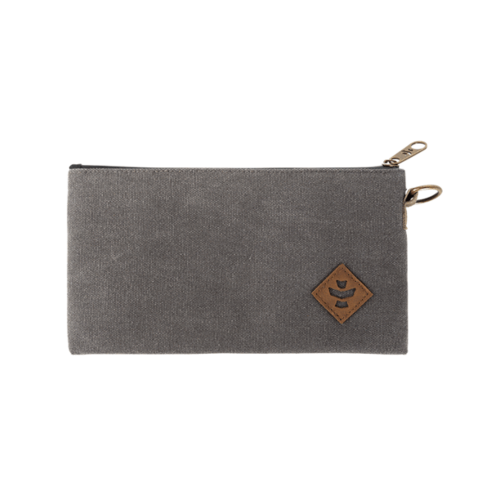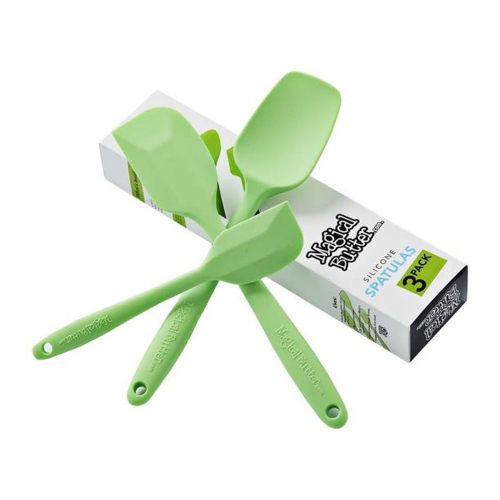Menopause is the time that marks the end of your menstrual cycles. It’s diagnosed after you’ve gone 12 months without a menstrual period. Menopause can happen in your 40s or 50s.
- Natural decline of reproductive hormones. As you approach your late 30s, your ovaries start making less estrogen and progesterone — the hormones that regulate menstruation — and your fertility declines. In your 40s, your menstrual periods may become longer or shorter, heavier or lighter, and more or less frequent, until eventually — on average, by age 51 — your ovaries stop producing eggs, and you have no more periods.
- Hysterectomy. A hysterectomy that removes your uterus but not your ovaries usually doesn’t cause immediate menopause. Although you no longer have periods, your ovaries still release eggs and produce estrogen and progesterone. But surgery that removes both your uterus and your ovaries (total hysterectomy and bilateral oophorectomy) does cause immediate menopause. Your periods stop immediately, and you’re likely to have hot flashes and other menopausal signs and symptoms, which can be severe, as these hormonal changes occur abruptly rather than over several years.
- Chemotherapy and radiation therapy. These cancer therapies can induce menopause, causing symptoms such as hot flashes during or shortly after the course of treatment. The halt to menstruation (and fertility) is not always permanent following chemotherapy, so birth control measures may still be desired.
- Primary ovarian insufficiency. About 1 percent of women experience menopause before age 40 (premature menopause). Menopause may result from primary ovarian insufficiency — when your ovaries fail to produce normal levels of reproductive hormones — stemming from genetic factors or autoimmune disease. But often no cause can be found. For these women, hormone therapy is typically recommended at least until the natural age of menopause in order to protect the brain, heart and bones.
- Perimenopause 3-5 year period before menopause when your estrogen and hormone levels begin to drop
- Menopause occurs after you’ve missed your period for 12 straight months
- Postmenopause starts after one year has passed since your last menstrual cycle.
- Irregular periods
- Vaginal dryness
- Hot flashes
- Chills
- Night sweats
- Sleep problems
- Mood changes
- Weight gain and slowed metabolism
- Thinning hair and dry skin
- Loss of breast fullness
- Women typically begin to experience menopausal symptoms between ages 40 and 58.
- The menopausal transition period may encompass 5% to 10% of a woman’s lifetime, and variations in the experience have been associated with cultural background, body size, smoking, and socioeconomic status
- Evidence suggests that the hormonal and metabolic changes that accompany menopause may be associated with increased risk of depression, breast cancer, bone loss, and osteoarthritis.
Cannabis Benefits
Cannabis can be a great alternative for women who cannot take ERT because of conditions like ovarian cancer or heart disease. ERT is often administered to help prevent adverse problems from menopause like bone loss. The cannabinoids CBD, CBG, CBC, and TCHV have been found to help stimulate bone growth and help prevent the onset of osteoporosis after menopause. Supplementing endocannabinoids from cannabis can help stimulate the body and delay some of the effects of early menopause.
Cannabis can also work to regulate the body after menopause. Less estrogen is produced in the body post menopause, so in turn the body produces less natural endocannabinoids. The decrease in endocannabinoids can cause a variety of problems, like poor ability to respond to stress. Cannabis can help supplement the body’s natural endocannabinoids and decrease the symptoms associated with lower levels of estrogen and endocannabinoids.
Best Strains
- Start with a small dose of cannabis oil (0.25 ml) or tincture (1-2 drops) under the tongue or vaporized flower (1-2 puffs), then titrate the dose gradually to find out how much you need to alleviate your symptoms.
- Balanced varieties for daytime; ratios of THC:CBD of about 1:1. This way, the cannabinoids synergize each other and the CBD attenuates the psychoactivity of THC so that you can remain clear-minded, functional, and productive.
What Women Say
The first night I tried it, I slept through the night. When I woke up the next morning after a restful sleep, I cried from relief. It has taken a mix of modalities to get my pain in order, but I believe that cannabis, combined with topical CBD, has been instrumental in my healing. I’m a lot calmer than I’ve ever been, and even in the face of major life stressors I feel more centered and grounded than in the past.

